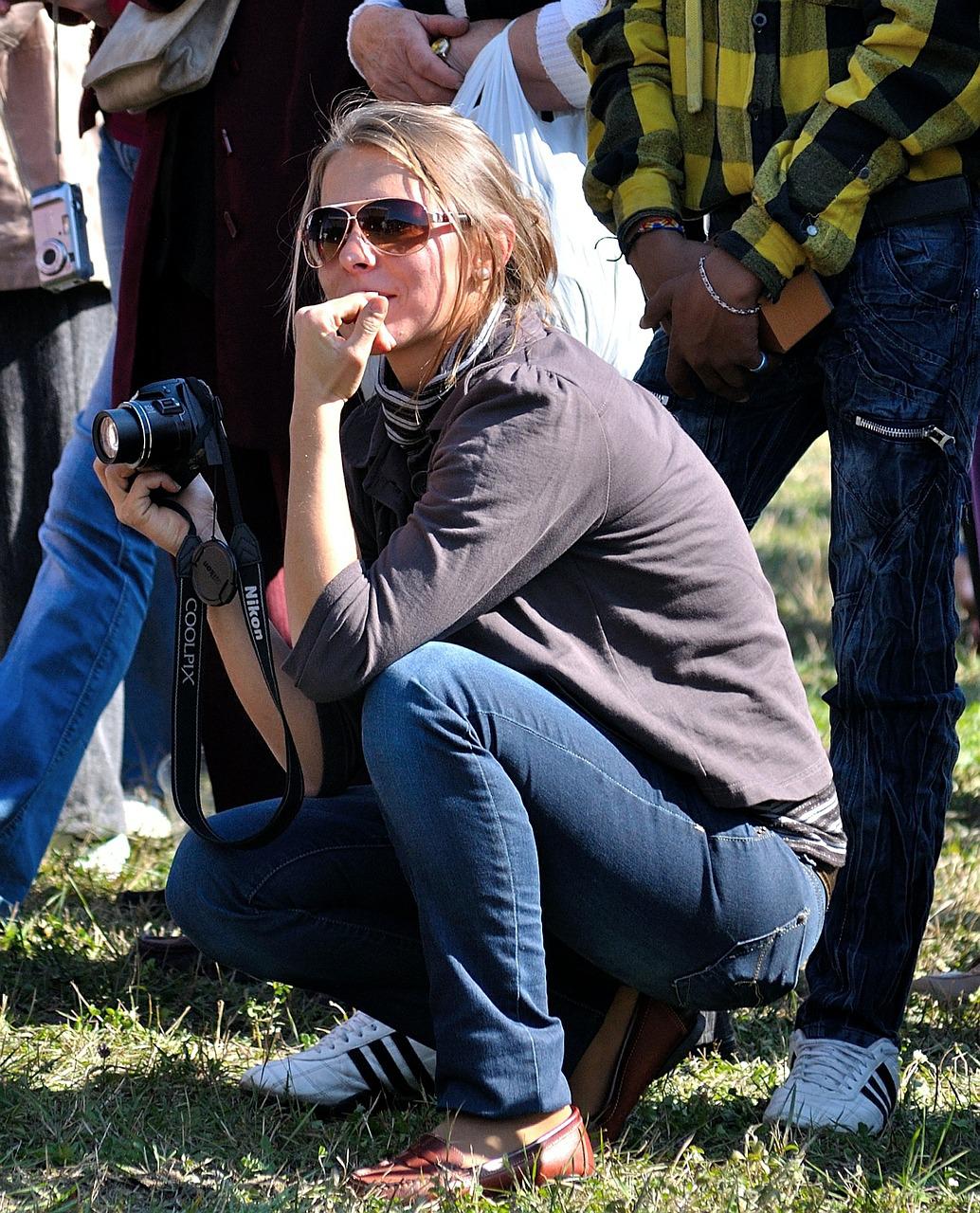
Real Estate Photography
Real estate photography is a specialized field that focuses on capturing images of properties, both interiors and exteriors, for marketing and sales purposes. High-quality photographs play a crucial role in showcasing properties in their best light and attracting potential buyers. Here are some key tips and techniques for real estate photography:
## 1. **Equipment:**
– Use a digital SLR or mirrorless camera with a wide-angle lens to capture more of the room in a single frame. A tripod is essential for stability and ensuring level shots.
## 2. **Lighting:**
– Utilize natural light whenever possible. Shoot during the golden hours (early morning or late afternoon) to capture soft, warm light. Use additional lighting like flashes or strobes to balance exposure in challenging lighting conditions.
## 3. **Declutter and Stage:**
– Before photographing a property, ensure that it is clean, well-organized, and clutter-free. Arrange furniture and décor to highlight the best features of each room.
## 4. **Wide and Straight:**
– Keep vertical lines straight to avoid distortion. Use a tilt-shift lens or correct perspective distortion in post-processing if needed.
## 5. **Exterior Shots:**
– Capture the exterior of the property from various angles, showcasing features like landscaping, outdoor spaces, and architectural details.
## 6. **Interior Shots:**
– Highlight the flow of the space by photographing from different vantage points. Capture key rooms like the living area, kitchen, bedrooms, and bathrooms.
## 7. **Balanced Exposures:**
– Use HDR (High Dynamic Range) techniques or exposure bracketing to capture a range of exposures and blend them in post-processing for well-balanced images.
## 8. **Composition:**
– Apply basic composition principles like rule of thirds, leading lines, and framing to create visually appealing images.
## 9. **Detail Shots:**
– Capture close-ups of unique features, fixtures, and design elements that add character to the property.
## 10. **Showcase Natural Light:**
– Photograph rooms with ample natural light to emphasize brightness and create an inviting atmosphere.
## 11. **Post-Processing:**
– Use photo editing software to enhance colors, contrast, and sharpness. Correct any lens distortion or perspective issues.
## 12. **Avoid Over-Editing:**
– Keep the editing natural and realistic. Avoid heavy filters or effects that can misrepresent the property.
## 13. **360-Degree Photos and Virtual Tours:**
– Consider offering interactive experiences like 360-degree photos or virtual tours to provide potential buyers with a comprehensive view of the property.
## 14. **Clear and High-Resolution Images:**
– Ensure that the final images are clear, sharp, and high-resolution to maintain quality when used in marketing materials.
## 15. **Ethical Considerations:**
– Avoid manipulating images to misrepresent the property. Provide accurate visuals that give potential buyers a true sense of the space.
## 16. **Communication with Clients:**
– Maintain open and clear communication with real estate agents or property owners to understand their specific needs and preferences.
## 17. **Portfolio and Marketing:**
– Build a portfolio showcasing your best real estate photography work. Use social media, a website, or online platforms to market your services to potential clients.
Remember, real estate photography is about showcasing a property in the best possible light while providing an accurate representation. Each property is unique, so adapt your approach to highlight its distinct features and appeal to potential buyers.







